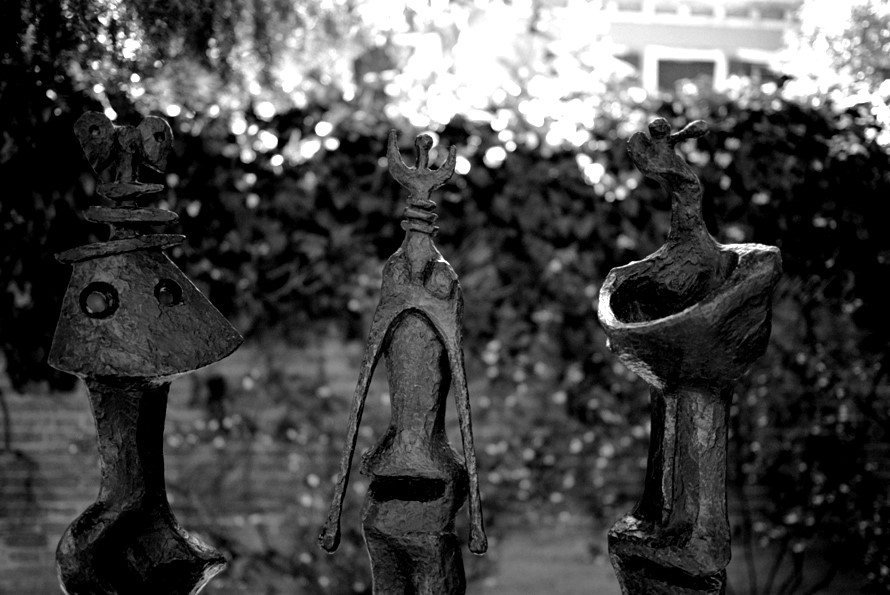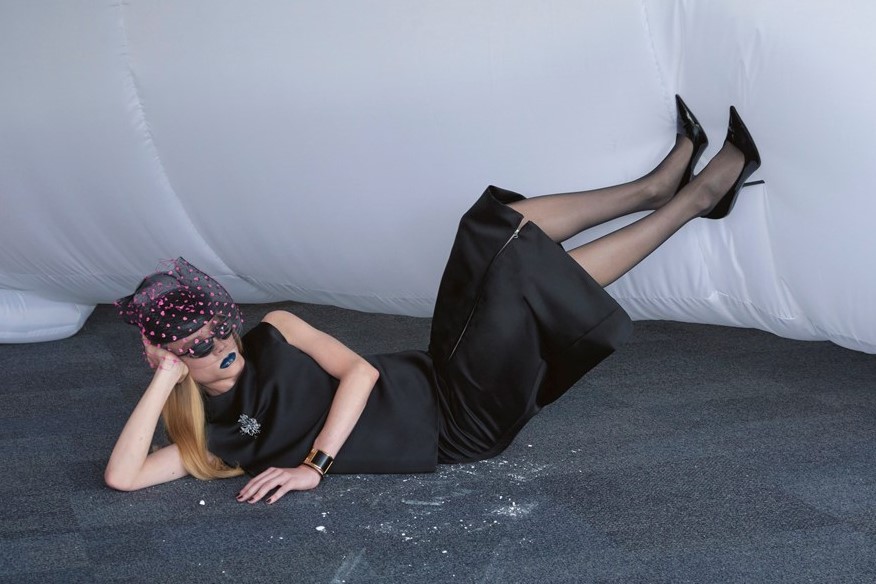Summary
In 1938 the heiress and art patron Peggy Guggenheim was given the pretty galling verdict that a boatload of sculptures for which she had paid tens of thousands of dollars were legally nothing more than driftwood and scrap metal. She was trying to mount a sculpture exhibition at her Guggenheim Jeune gallery in London, but James Bolivar Manson, the director of the Tate, had ruled that these works by Constantin Brancusi, Jean Arp, Henry Moore and so on were simply not art. The opinion of a philistine meant nothing in itself – he had also recently turned down the donation of a Cezanne to his museum. The trouble was, there were prohibitively heavy customs duties on the import of raw building materials like stone and bronze, which was the category into which these masterpieces now fell by default. Luckily, a successful campaign was begun against Manson's decision (among the many newspapers supporting it was the Daily Express, which one suspects would not feel quite the same way today). But the episode still reminds us how hard it can be to convince others that what looks inert at first is really quite the opposite – the great struggle in the life of Peggy Guggenheim, who died on this date in 1979, and also in the life of Abbé Charles-Michel de l'Épée, who died on this same date in 1789.
A wealthy man who had been barred from joining the clergy because of his tolerant views, Épée founded the world's first free school for the deaf, and was among the first to try to persuade the general public that the deaf were actually worth educating. Until then, the deaf were generally lumped together with the retarded, and few believed that they were really capable of communication – or, indeed, of salvation: Saint Augustine had written that 'This impairment prevents faith.' In other words, they were viewed just as Manson viewed those Modernist sculptures: pathetic, unsettling, half-formed things, which could not possibly have anything to say, however much a gullible minority might insist that they did.
Among that minority, of course, there will also be one or two who have the money to build the sort of sanctuary that seems to be needed. (Around the time of that sculpture exhibition, Guggenheim, brought up a socialite, was reportedly buying only one dress a year so that she could spend the rest of her income supporting various artists – nearly all of whom she slept with at least once.) Still, one can't help wondering how many times through history it hasn't worked out so well. Sometimes, the skeptics will be right, and some well-meaning imbecile will piss away their inheritance on a sanctuary for something that speaks only to them. (My plans for an institute to train pandas as firemen are currently on hold because of the recession.) And sometimes, more tragically, the opposite will happen: something may speak and speak and speak, but there will be no Épée or Guggenheim around with the boldness and the generosity to make the rest of the world listen.
Ned Beauman used to be Commissioning Editor at Another Man, writes often for Dazed & Confused and has contributed to the Guardian, the Financial Times, and many other publications. His debut novel Boxer, Beetle will be published by Sceptre in August 2010




